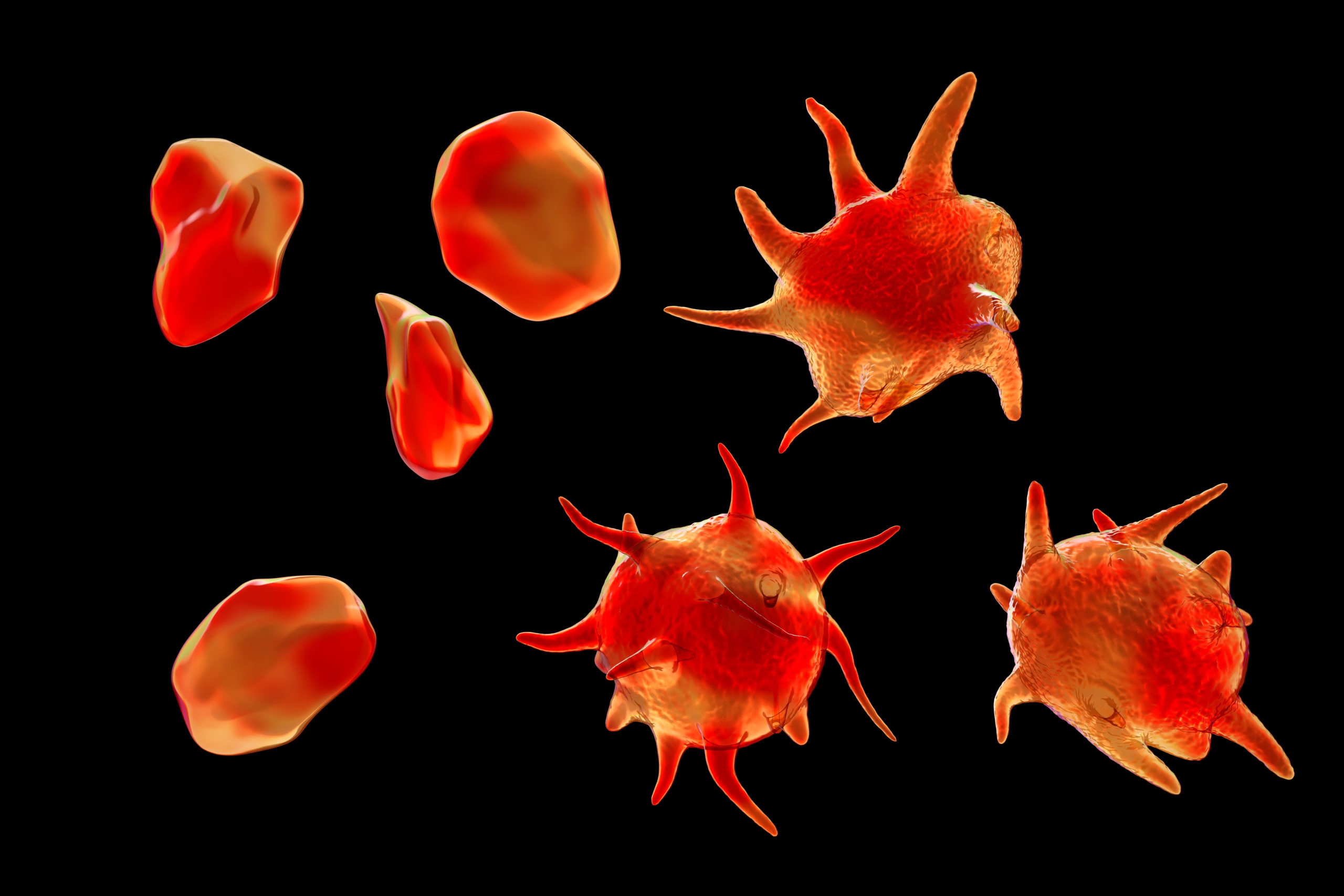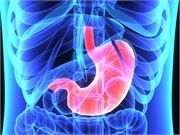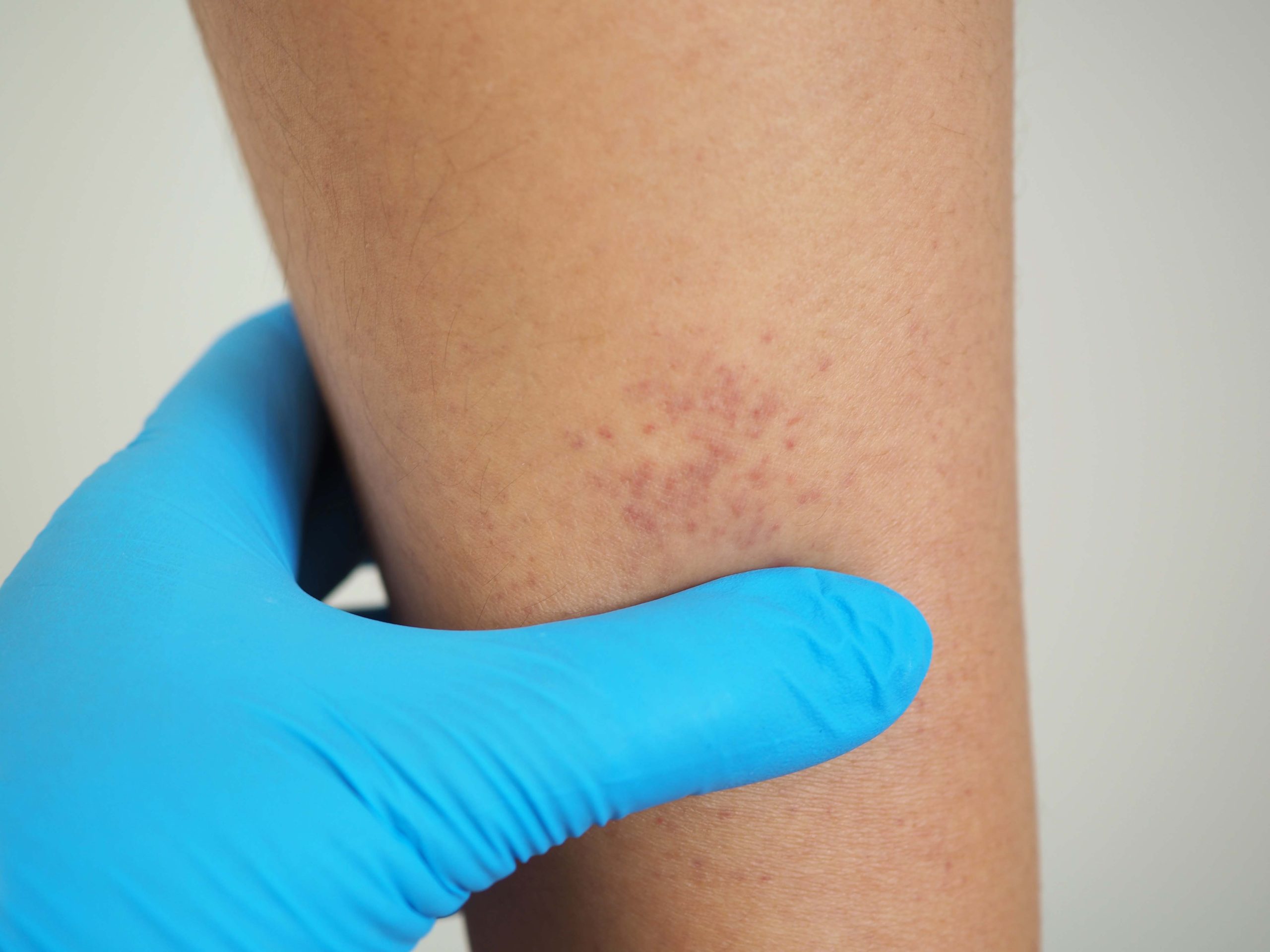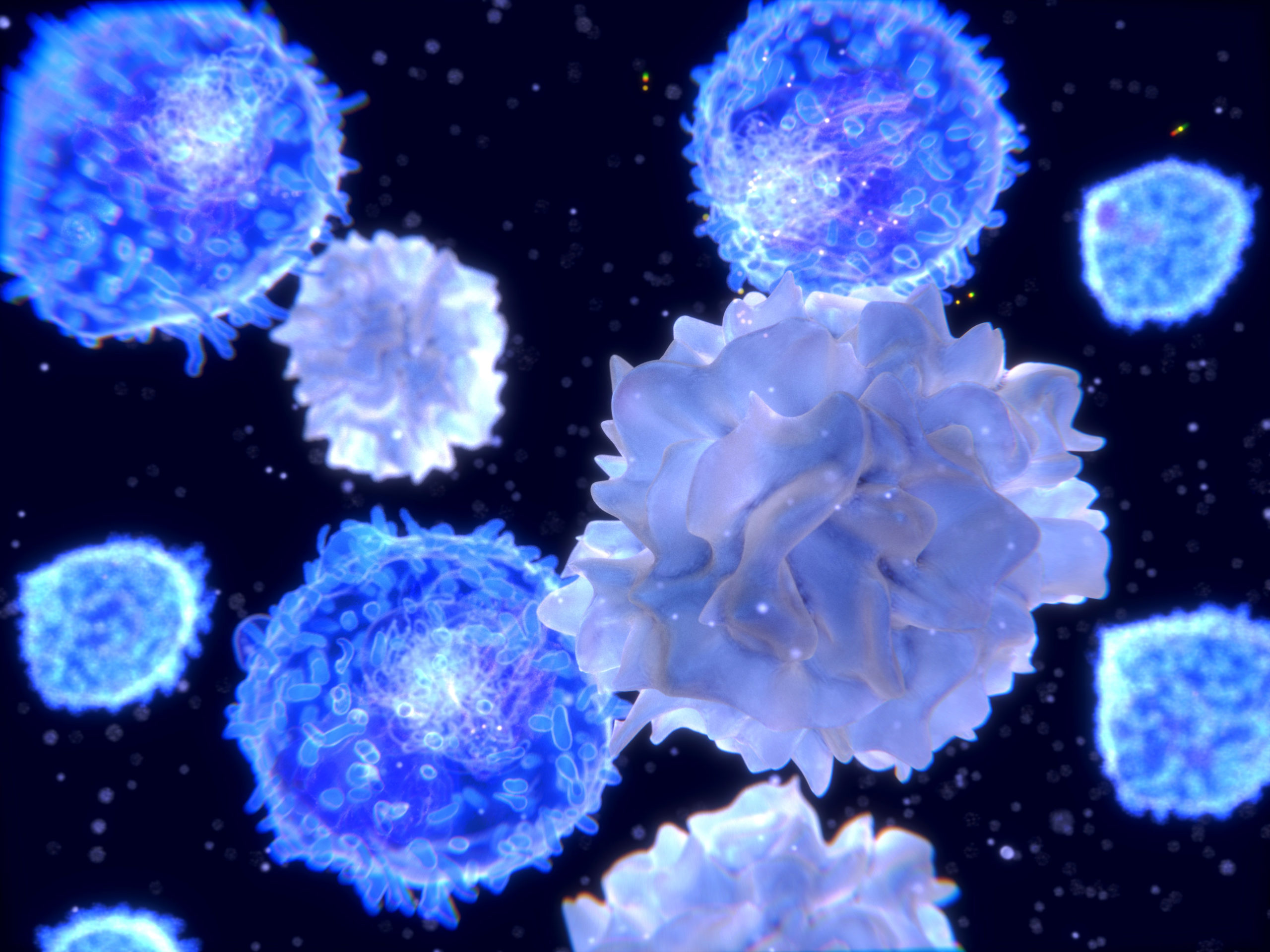
A recent study proposed that gut microbiota composition may contribute to the pathogenesis of immune thrombocytopenia (ITP) by affecting cytokine secretion, thereby disrupting fatty metabolism. The findings were published in in Frontiers in Medicine.
The researchers, led by Xiaomin Yu, enrolled 29 patients with a preliminary diagnosis of ITP, and 33 healthy volunteers as controls. Fecal bacteria, plasma cytokines, and metabolites were analyzed using 16S rRNA sequencing, flow cytometry, and liquid chromatography-mass spectrometry (LC-MS), respectively.
Compared to healthy controls, patients with ITP had enriched bacteroides, phascolarctobacterium, and lactobacillus, as well as depleted ruminococcaceae UCG-002, eubacterium coprostanoligeues, megamonas, and lachnospiraceae NC2004 at the genus level. At the phylum level, the relative abundance of proteobacteria and chloroflexi increased, while Firmicutes, Actinobacteria, and the Firmicutes/Bacteroidetes ratio decreased.
Plasma levels of 5-hyroxyeicosatetraenoic acid (5-HETE), 6- trans-12-epi-leukotriene B4 (6t,12e-LTB4), resolvin D2 (RvD2) interleukin-6 (IL-6), and tumor necrosis factor-α (TNA- α) were upregulated in patients with ITP, while stachydrine, dowicide A, dodecanoylcarnitine were downregulated. Investigators also noted positive correlations between:
- RvD2 and order bacteroidetes VC2.1 Bac22
- 5-HETE and genus azospirillum
- 6t,12e-LTB4 and genus cupriavidus
- Stachydrine and family planococcaceae
- Dowicide A and class MVP-15
- Dodecanoylcarnitine and order WCHB1-41
Overall, the authors felt that their study demonstrated a relationship between microbiota and fatty metabolism in patients with ITP. They suggested future studies examine “the mechanisms of microbial species, the pathway of metabolome, the interaction between the gut microbiota and TCMs, and the pathogenesis of ITP.”







 © 2025 Mashup Media, LLC, a Formedics Property. All Rights Reserved.
© 2025 Mashup Media, LLC, a Formedics Property. All Rights Reserved.